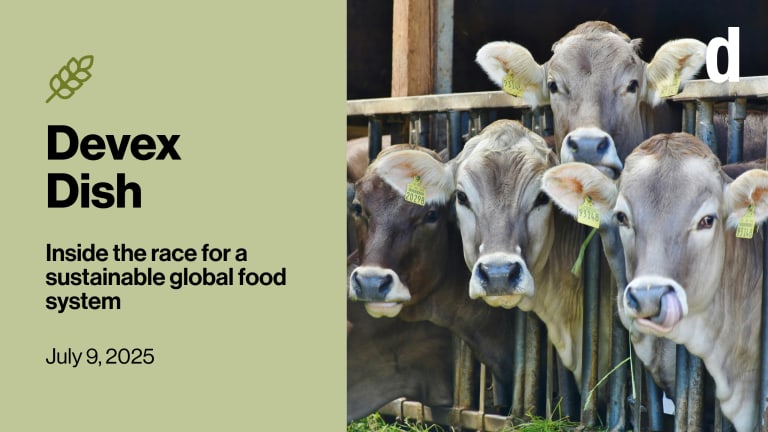
This is a tale of three crises. The first is the man-made war and the second is the floods. The third is COVID-19.
Read this personal account by Ali Alhajori, rapid response coordinator for the Norwegian Refugee Council in Hajjah and Hodeida, Yemen, in the visual story.
For most people in Yemen, the coronavirus is not their main worry. It is catastrophic, yes, but we already live in a catastrophe. How can we face a pandemic when our health workers have not been paid for years? Or when our biggest health problem is not having enough food?
Before the end of this year, at least 1 million more people in my country will go hungry. And now the funds for aid are so low that food distributions in the northern areas have been cut in half. There are more and more families begging on the street.
Because of fuel shortages since June, farmers can’t bring their animals to market. Where I work in Hajjah city, in the Northwest of the country, we only have water in the taps one day a month. My family tries to fill up enough containers and jerrycans with water to last all month.
Every day, there are families still arriving here, and that is on top of the 737,000 displaced people already in Hajjah and Hodeida. In some places, two families are sharing one tent.
You can imagine how terrible this is in the middle of the COVID-19 pandemic.
Access this visual story: Join Devex as we explore the situation in Yemen and what more the international community should do.








